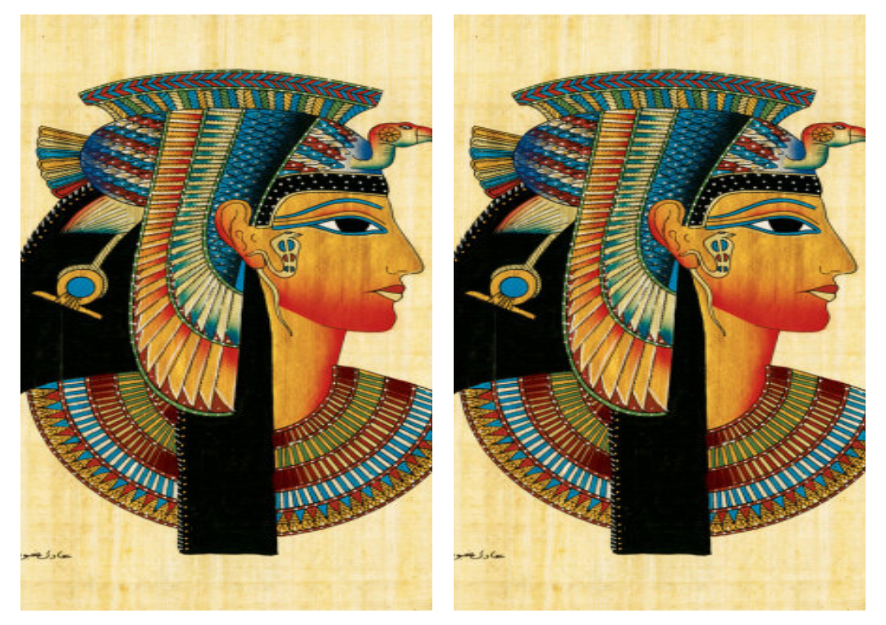Around 3000 B.C. is when the earliest wigs were discovered. Many museums and other places around the world have good collections of ancient Egyptian wigs that are still in good shape. The ancient Egyptians, like modern people, struggled with hair loss and were concerned with looking as young as possible for as long as was feasible. All manner of treatments aimed primarily at men were proposed.
Over 3,300 years ago, in a brand-new city in Egypt, a woman with thick hair extensions and a very beautiful hairstyle was laid to rest. Her body was wrapped in a cloth; she hadn’t been mummified. To the surprise of no one, archaeologists have discovered that she was dressed in “a very complex coiffure with approximately 70 extensions fastened in different layers and heights on the head,” Jolanda Bos, an expert on the Amarna Site, wrote.
Studies show that hair oils made from the fat of ibex, lions, crocodiles, serpents, geese, and hippopotamuses were used by Egyptian males as early as 1150 B.C. Cat and goat fat were also suggested. To promote hair development, chopped lettuce patches were rubbed into balding regions.
At celebrations and parties of prominence, women would wear wigs. The upper classes often wore wigs, especially complicated double wigs with braids and curls held in place with beeswax and hair bands with tassels. The hair of most Pharaohs was cut short.
Kozue Takahashi, a professor at Minnesota State University, remarked, “Wigs were worn by men, women, and children.” Egyptians would change their wigs daily, and there were many types of wigs available to them. The wig served primarily as festive headgear worn at formal events like banquets and ceremonies.
Egyptian wigs were produced from both human hair and sheep’s wool. The wax from plants, trees, and beehives was used to stick extensions to the wearer’s own hair. Ancient Egyptians liked to wear blue, red, and gold, which went well with black hair. Blue was said to have been Cleopatra’s favorite color.
Egyptian wigs often had the form of a helmet. Some even featured glittering gems and expensive metals. Some were enormous, while others were only large. Fact & Details reports that around 900 B.C., Queen Isimkheb wore one that was so heavy that she had to be helped to her feet by her servants. It was entirely constructed of brown human hair and glued together with beeswax. It is now on display at the Cairo Museum.
Prior to the 20th century, people typically wore their hair in more natural styles. The “pompadour” hairdo emerged as a popular new look. Hair extensions were used by women during the Pompadour era to achieve this look.
In the 1940s, long hairstyles became more popular, which led to a rise in the need for wigs. Hair extensions have come a long way since their early days.
























+ There are no comments
Add yours